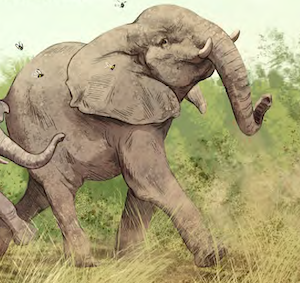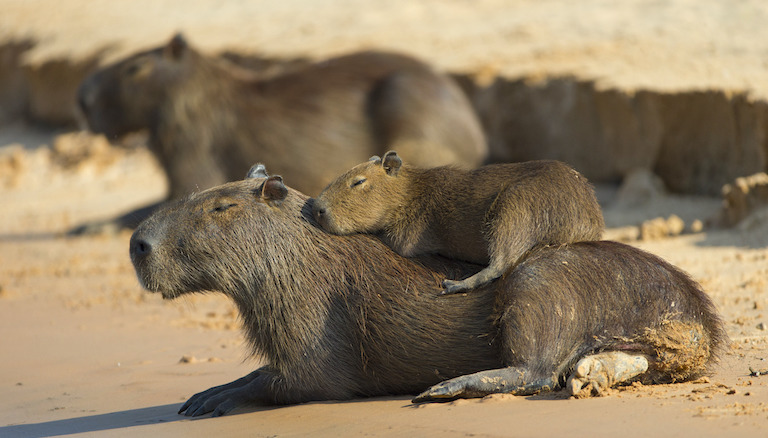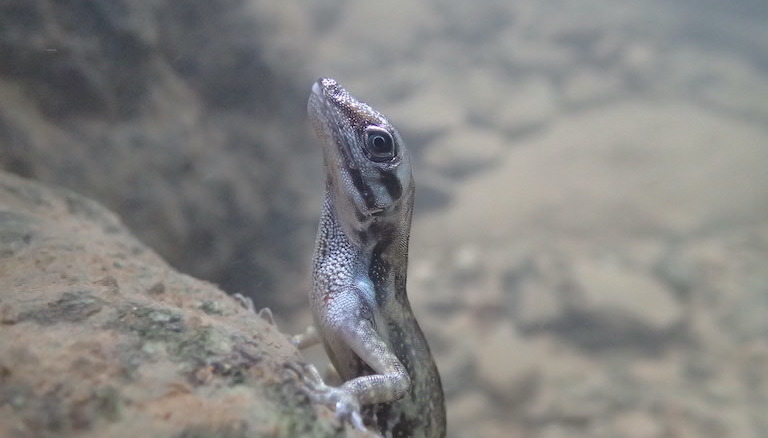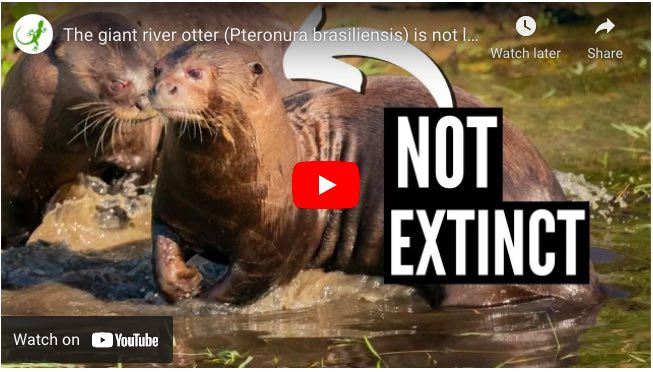Colossal squid are the world’s heaviest invertebrates, and one of the true giants of the deep seas. They can grow up to 7 meters (23 feet) long and weigh 500 kilograms (1,100 pounds). But despite their monster size, nobody had recorded the colossal squid in its natural environment until recently.
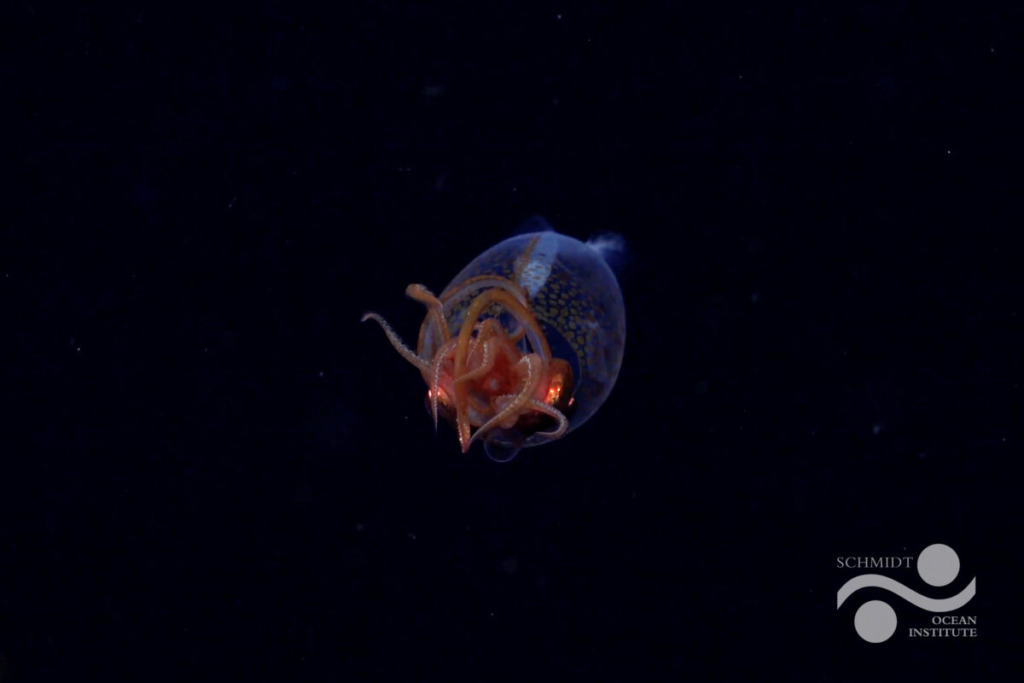
On March 9, 2025, researchers exploring the deep sea near Antarctica made the first confirmed video recordings of a colossal squid. Was it a giant that lived up to its colossal name? Nope. The squid captured on camera was just 30 centimeters (12 inches) long — a baby.
The recording was made by the U.S.-based Schmidt Ocean Institute during an expedition in the South Atlantic Ocean. They recorded the young squid at a depth of 600 meters (nearly 2,000 feet) with a remotely operated vehicle.
Before this finding, everything scientists knew about colossal squid came from the bits of them that turned up in the bellies of other animals. In fact, the species was only scientifically described in 1925 from parts recovered from a sperm whale’s stomach.
David Brown adapted this story for Mongabay Kids. It is based on an article by Bobby Bascomb, published on Mongabay News.

